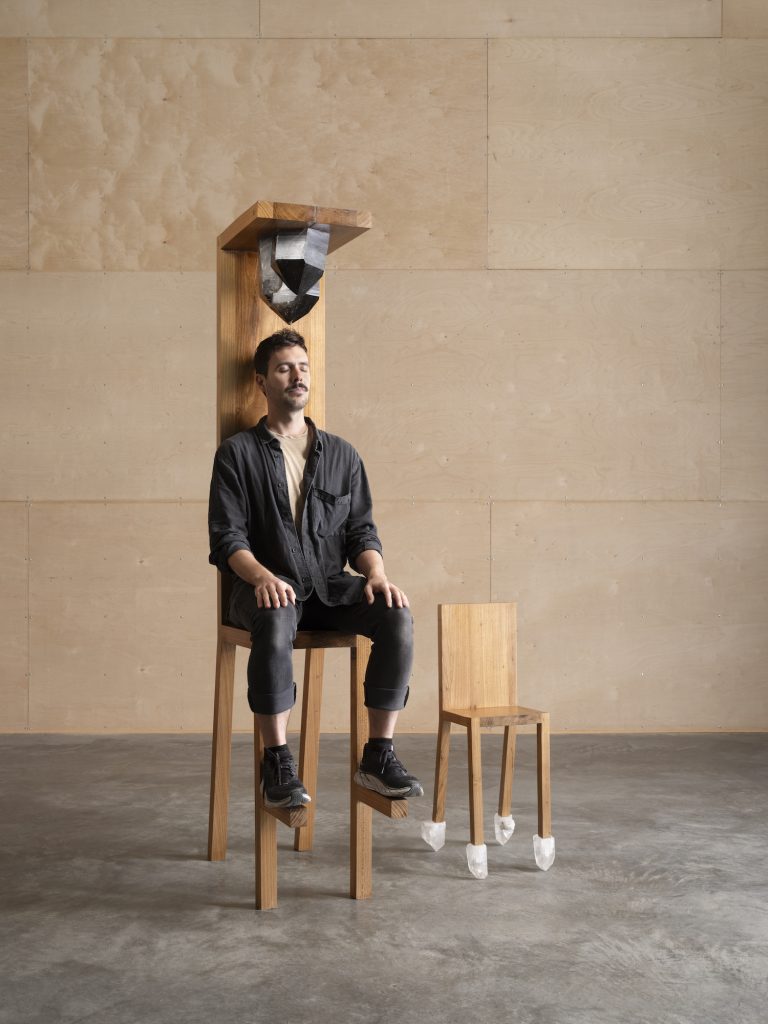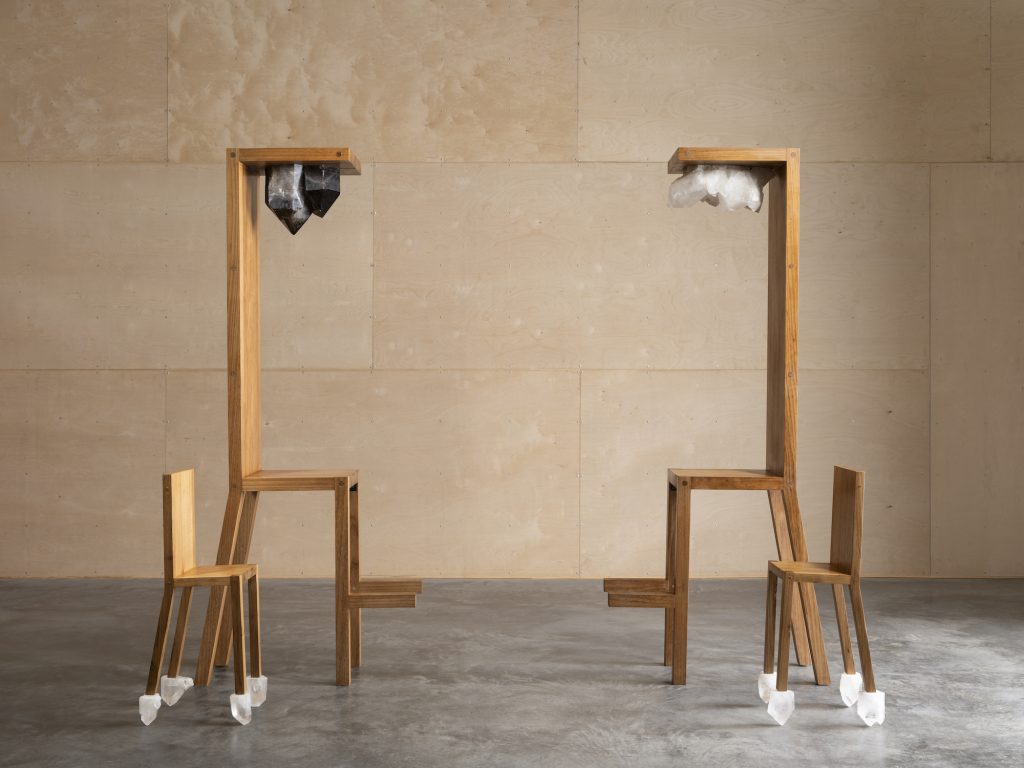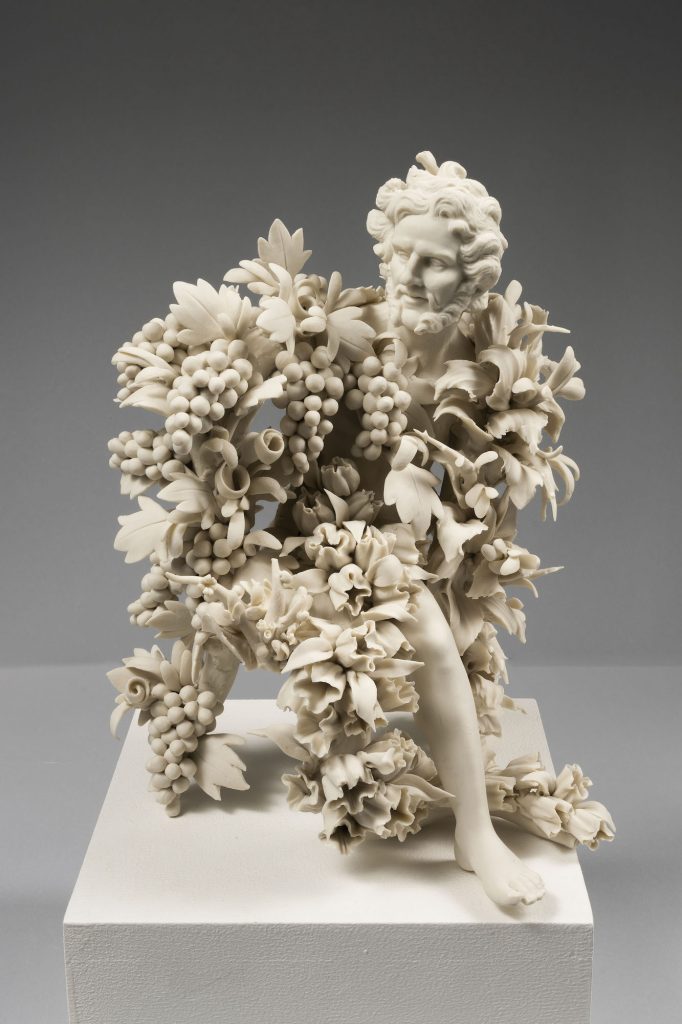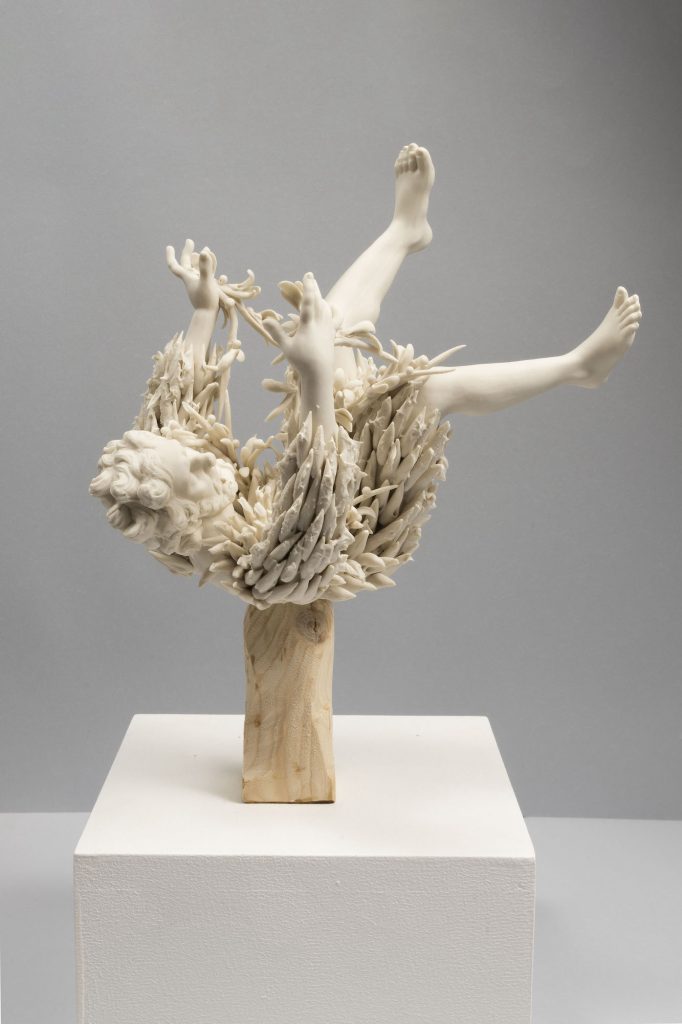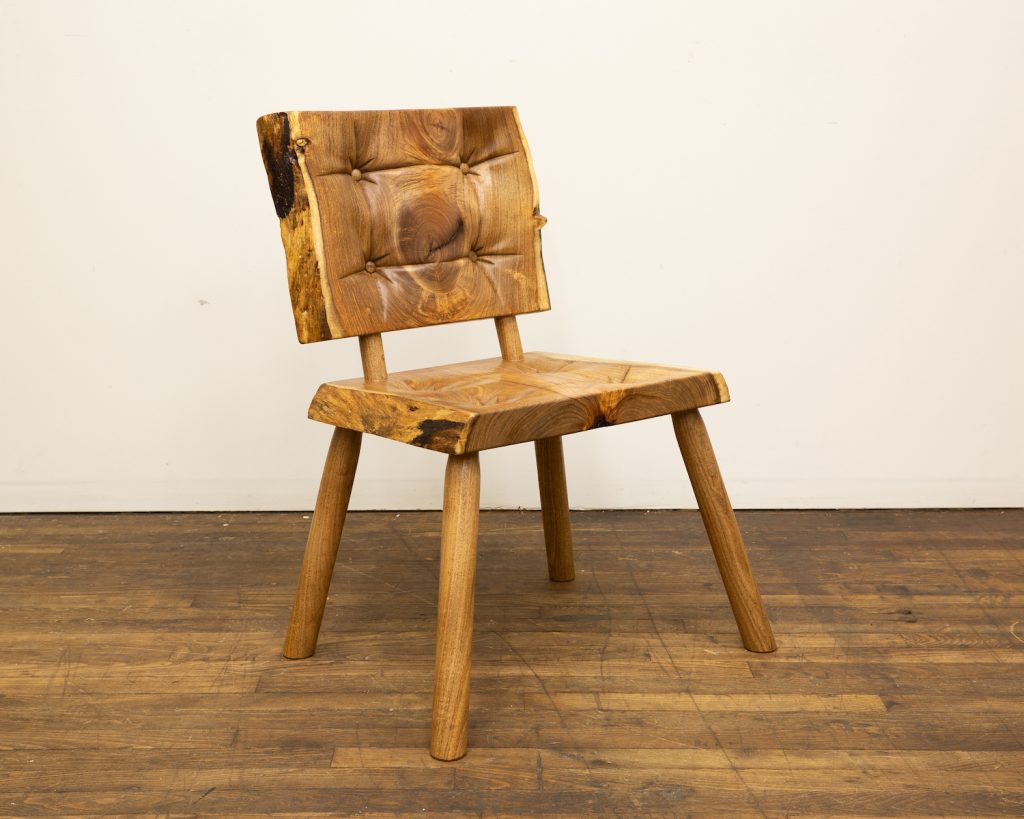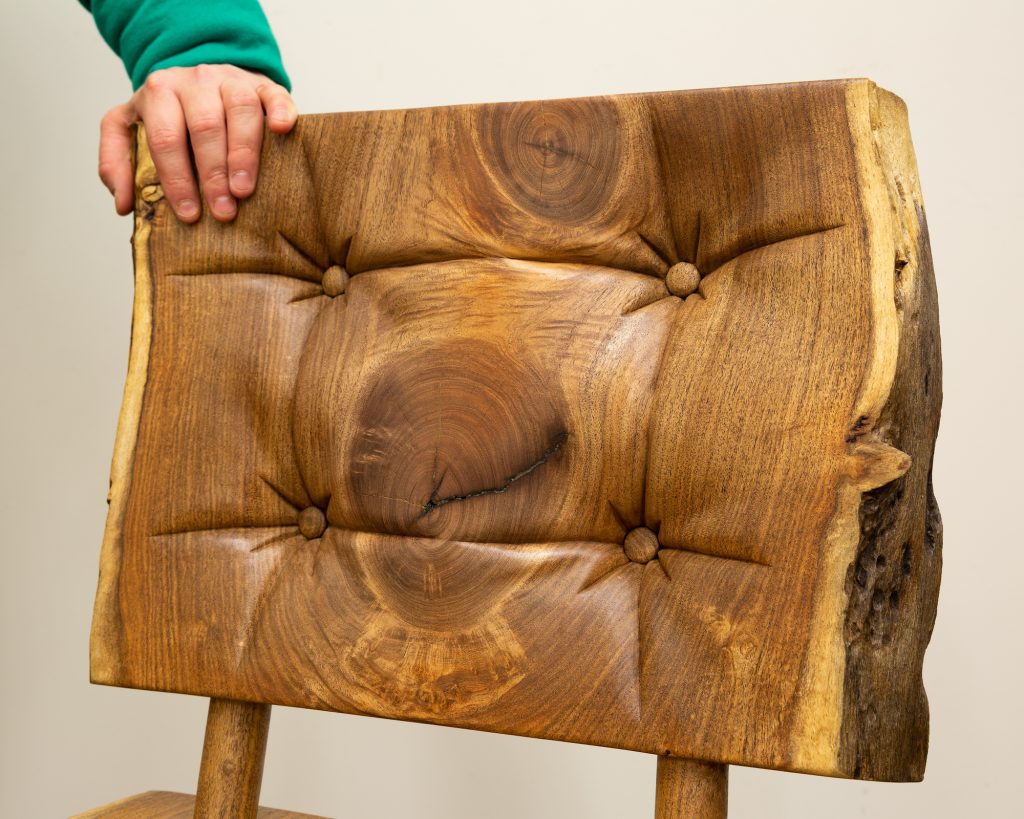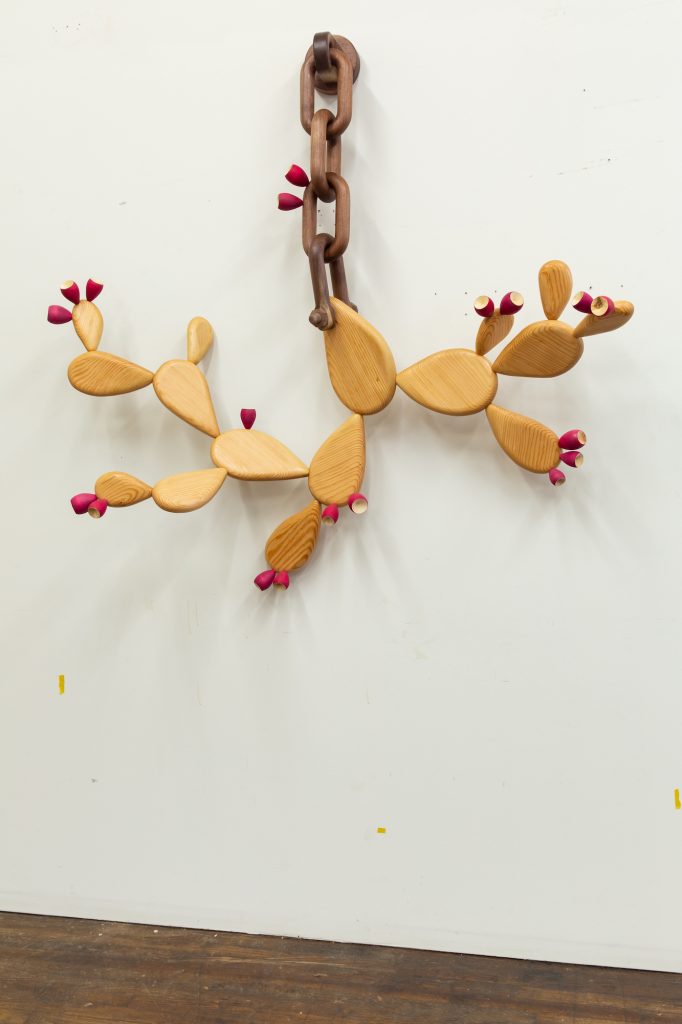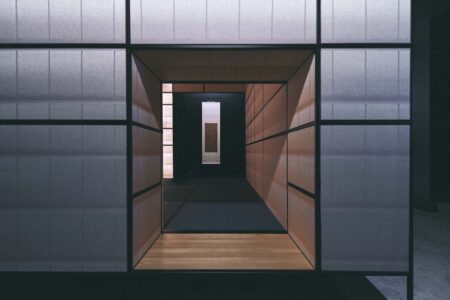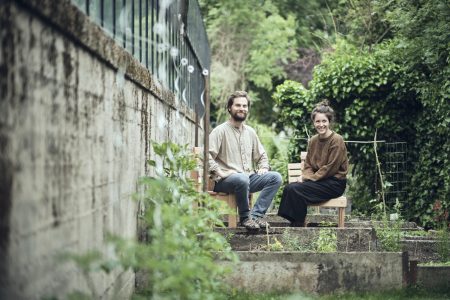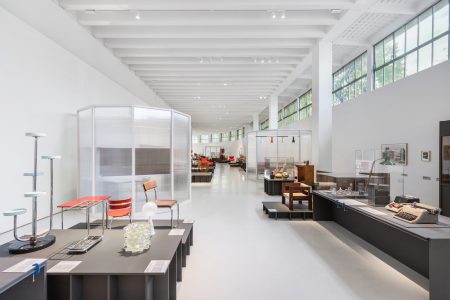Why Objects?
TLmag invited Christian Larsen to write about his connection with the object in the context of our 2023 issue: The Culture of the Object, in which this article originally appeared.
Prompted by TL Magazine’s invitation to write on “The Culture of the Object,” I instinctively frame this nebulous idea from within the context of my own experience, since at this very moment I find myself expanding into new territories. In my twenty three year career as a curator and historian devoted to the study and interpretation of objects, I now also engage in their production and commercial sphere. I have co-founded and serve as Curatorial Director of HAADA, a contemporary nomadic gallery that discovers and develops innovative thinking in the making of objects.
Why objects? And why use such a purposefully vague term? Our objects are extensions of ourselves, prosthetics, tools by which we navigate and fashion our world. There is no greater mirror of humankind and our activities. Our histories we write about the past are based on material remains, whether archaeological artefacts thousands of years old, or techno gadgets fabricated yesterday. Even text sources written on ancient papyrus or .doc files written on a laptop have a materiality. Our future histories we are writing right now depend on our current management of material resources.
I have made it my life’s work to understand culture through the artefacts it produces. The term for this is material culture. As an academic and servant of institutions, I strive to offer the public an opportunity to pause and reflect on the things—the stuff—we take for granted. In my younger, more idealistic years, I saw my calling as an educator who might help improve the quality of the things we make while showing the consumer how to be more conscientious of the full lifecycle of the things we consume. After all, these are global industries that mobilize vast resources for the production and consumption of objects. To effect change in these processes could have huge ramifications. This activist professional stance was very much shaped by the first eight years of my career at MoMA, where the ideology of mass production is celebrated as a democratic, capitalist, and social ideal. What a radical gesture to praise the platonic beauty of an aluminium airplane propeller as sculpture in an art museum! Beauty could be more than the rarity, the auratic uniqueness, the visual and conceptual genius of a work of art, but could also be found in the respect for a material’s intrinsic qualities to express a form to serve a specific function. An honest transparency and directness in the elegant efficiency of a humble object’s purpose. But let us not forget that when Philip Johnson, one of MoMA’s founding curators and trustees, was a major shareholder in ALCOA (Aluminium Company of America), aluminium as a material was going to be on the Museum program.
With HAADA, the shift in my way of participating in the culture of the object is now deepening and diversifying. Rather than approach a maker/artist/designer (it’s all really the same thing isn’t it?) after they have already finished a work, I am now much more involved in the process of conceiving and making objects. One of the most rewarding of my current projects is working with Diego Cibelli, the Neapolitan master of porcelain, to produce a monumental sculpture for the Seattle Art Museum. The commission has a very specific set of constraints—to respond to the museum’s porcelain collection housed in a gallery purpose-built for its display, crowned with a Tiepolo ceiling fresco, The Triumph of Valor Over Time. Diego and I identified the conceptual themes of the room and some spatial and formal possibilities. Taking our cue from Tiepolo’s allegory, we identified nature as the enduring victor over the folly of man, who finds himself helpless in his free fall and metamorphic return back to nature. Diego set about making studies and maquettes that have in turn fuelled a whole new direction in his larger body of work. There is no greater satisfaction than to work with an artist from concept to completion, accompanying the twists and turns of creativity until the object goes off to live its own life in the world.
Another shift in my way of working is to embrace all forms of making objects without any classifications or hierarchies. Raul de Lara is a perfect example of a virtuoso in wood who refuses to be typecast into any standardized forms of production for market. He is a craftsman, an artist, a sculptor, a woodworker, a carpenter, a designer all at the same time. In some pieces he’s expressing the complexity of his status as a Mexican-born US-trapped DACA “dreamer” recipient, stuck in limbo displacement cut off from his native country for which he yearns. A cactus in chains, a metaphor for his geographical bondage. Other pieces are brilliant exercises in trompe l’oeil, for which Raul wields his handy alchemical magic to make hard wood appear pillowy soft. It’s an adventure to see which pieces appeal to what demographic and how his audience and success continue to grow in tandem with his resistance to easy categorization.
Purposefully subverting established categories has been another unexpected delight in HAADA’s first public exhibition of Marina Abramovic’s Chairs for Human and Spirit Use at Design Miami in December 2023. The world-renowned Abramovic has rightly been celebrated as a pioneer of performance art, but this somewhat ignores her rigorous methodologies of research and practice in spiritual rituals and artefact’s. Abramovic’s chair sculptures mark a novel path in the artist’s legendary body of work. As a foray into the world of collectible design, the chairs serve as a meditation on the value of functional objects, beyond their physical dimensions, instead concentrating on their metaphysical qualities. The idea that physical objects might be created only to serve spiritual functions is a powerful provocation in today’s ravenous consumer society in need of new ways to heighten spiritual awareness and redefine the human relationship to the materials we consume. Abramovic’s chair is the icon that galvanizes this discussion, and will prove itself as a future reliquary that crystallizes this contemporary debate on the twin crises of consumption and spirituality.
@haada_design
